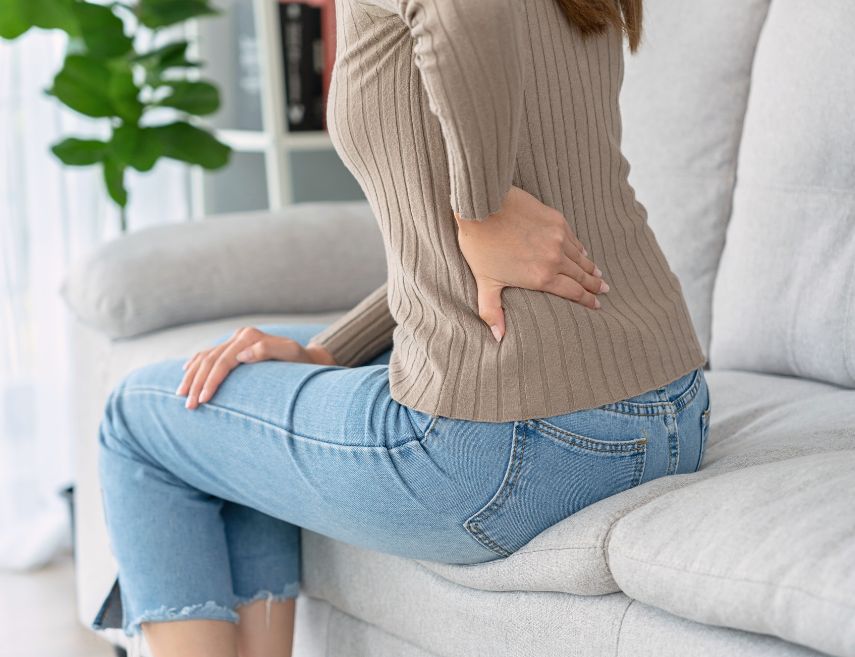
Understanding Herniated Disc: Symptoms and Pain Relief
What is a Herniated Disc?
A herniated disc is a condition where part of the intervertebral disc shifts or ruptures, pressing on adjacent nerves. This issue can occur in any part of the spine but is most common in the lumbar and cervical regions, leading to lumbar herniated disc and cervical herniated disc, respectively.
Intervertebral discs act as cushions between vertebrae, providing flexibility and absorbing shocks. When a disc suffers wear or injury, its gel-like core can protrude through a tear in the outer layer, causing a herniated disc.
Causes of Herniated Disc
Several factors can contribute to the development of a herniated disc:
- Aging: The natural wear and tear on discs with age make them more prone to injury.
- Repetitive Movements: Activities involving repeated twisting or bending can damage the discs.
- Improper Lifting: Lifting heavy objects without proper technique increases the risk.
- Sedentary Lifestyle: Lack of physical activity weakens the muscles supporting the spine.
- Obesity: Excess weight puts additional strain on the spine.
Symptoms of Herniated Disc
The symptoms of a herniated disc vary depending on its location and severity.
Symptoms of Lumbar Herniated Disc
A lumbar herniated disc affects the lower back and is the most common type. Symptoms include:
- Severe lower back pain radiating to the buttocks, thighs, and legs.
- Sciatica: Sharp pain along the sciatic nerve, running from the lower back to the feet.
- Tingling or numbness in the legs or feet.
- Muscle weakness in the lower limbs.
- Difficulty moving, especially when sitting or standing.
Recognizing these symptoms early is crucial for prompt diagnosis and treatment. Lumbar herniated disc can significantly limit daily activities, making timely symptom management essential.
Symptoms of Cervical Herniated Disc
A cervical herniated disc occurs in the neck region. Symptoms include:
- Neck pain radiating to the shoulders, arms, and hands.
- Tingling or numbness in the arms or hands.
- Muscle weakness in the upper limbs.
- Recurring headaches.
- Stiffness in the neck and difficulty moving it.
Early identification of symptoms of cervical herniated disc is vital to prevent complications and improve quality of life.
Diagnosing a Herniated Disc
Diagnosis involves:
- Physical Exam: Assessing reflexes, muscle strength, and sensitivity.
- MRI: Provides detailed images of soft tissues, including discs and nerves.
- CT Scan: Helps visualize bone structures and possible compressions.
- Electromyography (EMG): Evaluates nerve and muscle function.
How to Relieve Pain from Lumbar Herniated Disc
Pain from a lumbar herniated disc can be intense and limiting. To alleviate it:
Use of Orthopedic Products
- Lumbar Support Belts: Provide lumbar region support, stabilizing the spine and reducing pressure on the affected disc.
- Semi-Rigid Sacrolumbar Belt
- Sacrolumbar Work Protection Belt
- Lumbitron Forte Sacrolumbar Belt
These belts help alleviate lumbar herniated disc pain by limiting sudden movements and promoting correct posture.
Physical Therapy
- Specific exercises to strengthen back and abdominal muscles.
- Manual therapies to relieve muscle tension.
- Stretching exercises to increase flexibility.
Physical therapy is a key ally in alleviating lumbar herniated disc pain and improving mobility.
Medication
- Pain relievers and anti-inflammatory drugs prescribed by a doctor.
- Muscle relaxants to reduce spasms.
Lifestyle Changes
- Maintaining proper posture while sitting, lifting, and sleeping.
- Avoiding excessive strain and movements that worsen pain.
- Losing weight, if necessary, to reduce spinal load.
Treatment for Cervical Herniated Disc
For a cervical herniated disc, pain relief and treatment include:
- Using a cervical collar to immobilize and support the neck.
- Physical therapy to strengthen neck and shoulder muscles.
- Applying heat or cold to reduce inflammation.
- Medication as directed by a doctor.
Proper treatment of cervical herniated disc is essential to prevent complications such as permanent nerve function loss.
Preventing Herniated Disc
While not always preventable, some measures can reduce the risk:
- Engaging in regular physical activity to strengthen spinal support muscles.
- Using correct techniques when lifting objects, relying on leg strength instead of the back.
- Maintaining proper posture at work and home.
- Avoiding prolonged sedentary periods.
- Quitting smoking, as it can accelerate disc degeneration.
Recommended Products for Pain Relief
To help alleviate lumbar herniated disc pain, the following products are available:
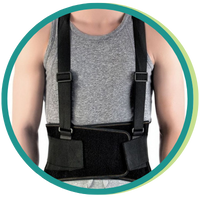
Labor Protection Sacrolumbar Brace
Designed to offer support and protection to the lower back during work activities.
These products are effective for both lumbar and cervical herniated disc, offering relief and support.
When to Seek Medical Help
If you experience severe pain that does not improve with rest, weakness, persistent numbness or tingling, or difficulty controlling your bladder or bowels, seek immediate medical assistance. These symptoms may indicate severe nerve compression requiring specialized attention.
Conclusion
A herniated disc is a common condition that can cause significant pain and discomfort. Recognizing the symptoms early is key to starting appropriate treatment. With approaches like physical therapy, orthopedic products, and lifestyle changes, it is possible to alleviate pain from lumbar and cervical herniated discs, promoting better quality of life.
It is important to remember that herniated disc often arises from muscle debilitation and loss of strength. To prevent this issue, regular physical exercise is recommended to strengthen muscles and protect the spine. Take care of your health, strengthen your body, and regain well-being in your daily life!
Investing in orthopedic products, such as lumbar belts, can make a big difference in the recovery process. Visit Loja Ortopédica to find effective solutions to care for your lumbar and cervical herniated disc.



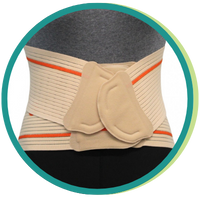
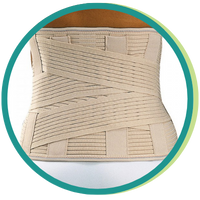
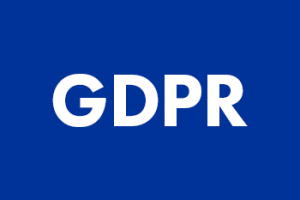
No Comments